While EVs have been developing at what feels close to an exponential pace, other new automotive tech hasn’t been hanging around either.
It’s nine years since I last drove a hydrogen-powered Hyundai, that being the ix35 Fuel Cell which was being used to prove the concept of automotive LH2 with laps of the M25. It had the urge to keep up with motorway traffic, but there was little to spare: anything other than brief requests for acceleration created the sensation of output dropping as the fuel cell struggled to meet demand.
By way of some contrast, today’s showing of the 670bhp N Vision 74 ‘rolling lab’ demonstrator includes not only a race track but also at some jaunty drift angles.
The retro-styled N Vision 74 is definitely the star of Hyundai’s ‘N Day’ at Bilster Berg in Germany, but it’s not the only highlight. In a demonstration of the company’s ability to push on multiple fronts when it comes to next-generation performance tech, we were also able to experience the RN22e, which comes pretty close to previewing the powertrain of the forthcoming Ioniq 5 N – and which, if anything, turns out to be slightly more exciting.
Yet when the N Vision 74 is nearby, either as an immaculate clay model or the rougher-edged driveable concept, it’s honestly hard to look at anything else. When Hyundai released images of the concept earlier this year, it pretty much set the automotive internet aflame with its retro-futuristic styling and muscular proportions. But while the design is both compelling and genuinely linked to the story of the DeLorean DMC-12, work on its powertrain has been going on for considerably longer – and the original idea was to see a concept bearing radically different branding.
![]()
I find out about the fascinating back story – and get to watch some PR minders squirm – thanks to the presence at Bilster Berg of Albert Biermann. The 66-year-old German engineer, who came to Hyundai from BMW’s M division, may have retired as Hyundai-Kia’s R&D boss, but he still works for the company with the far-roving job title of executive technical advisor. He remains a forthright interview subject, with his first revelation being that the driveable demonstrator didn’t start life as a Hyundai.


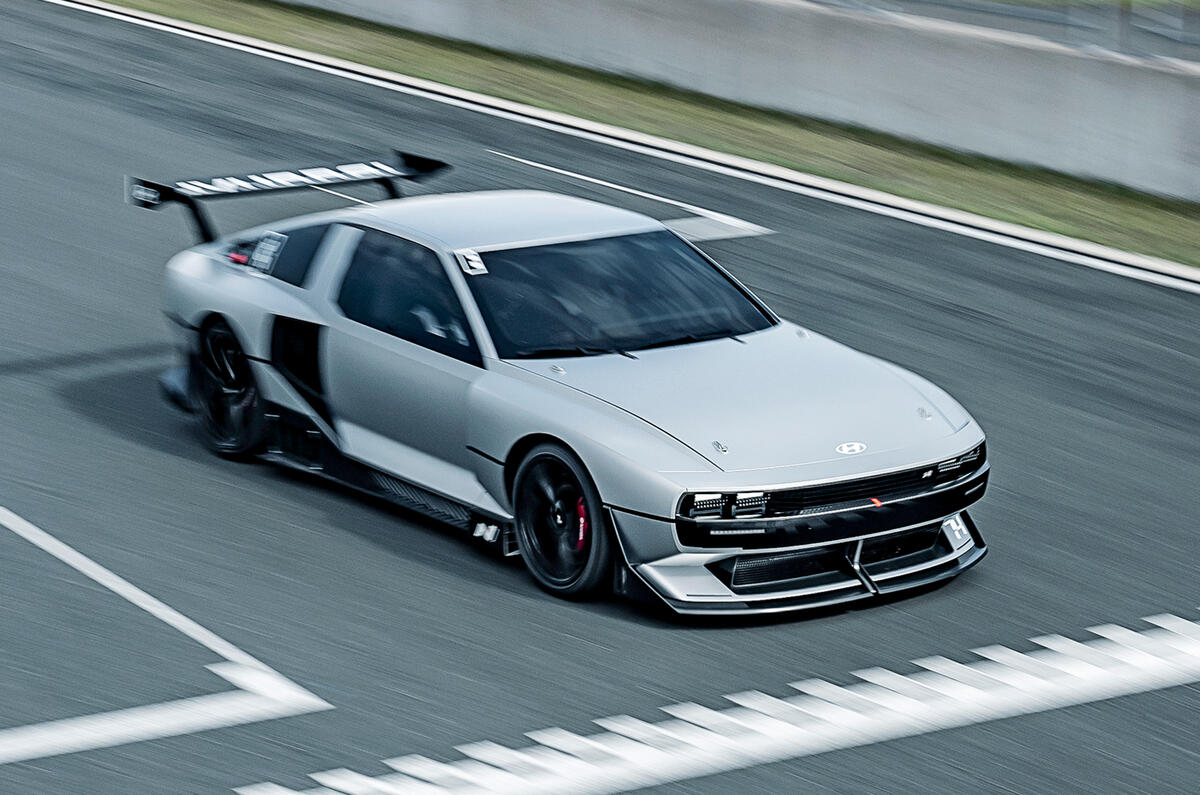
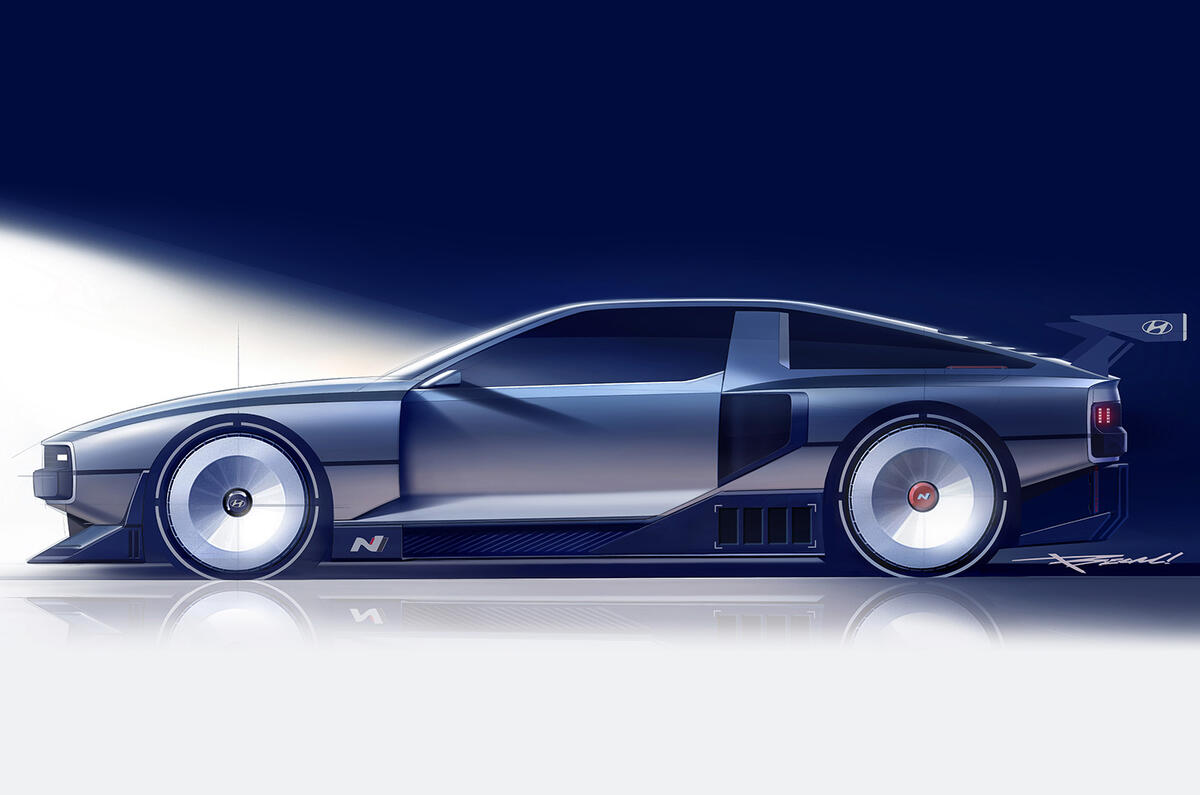
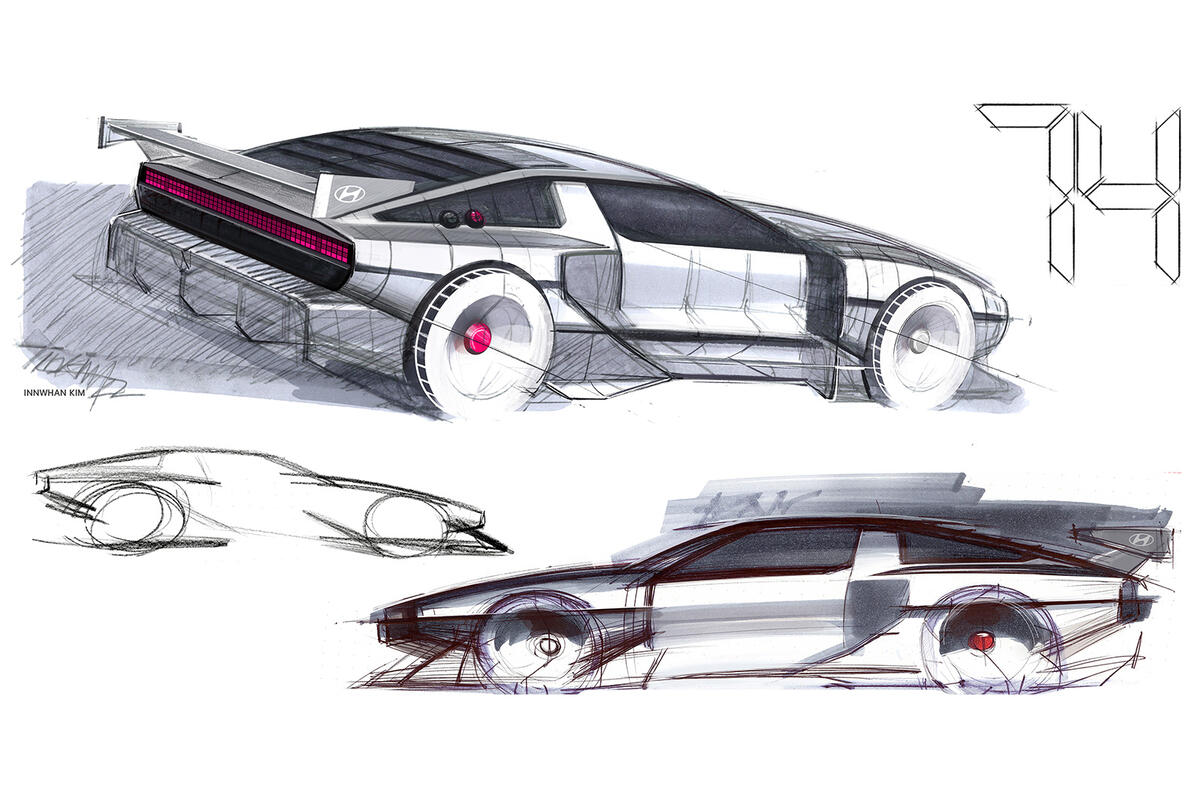
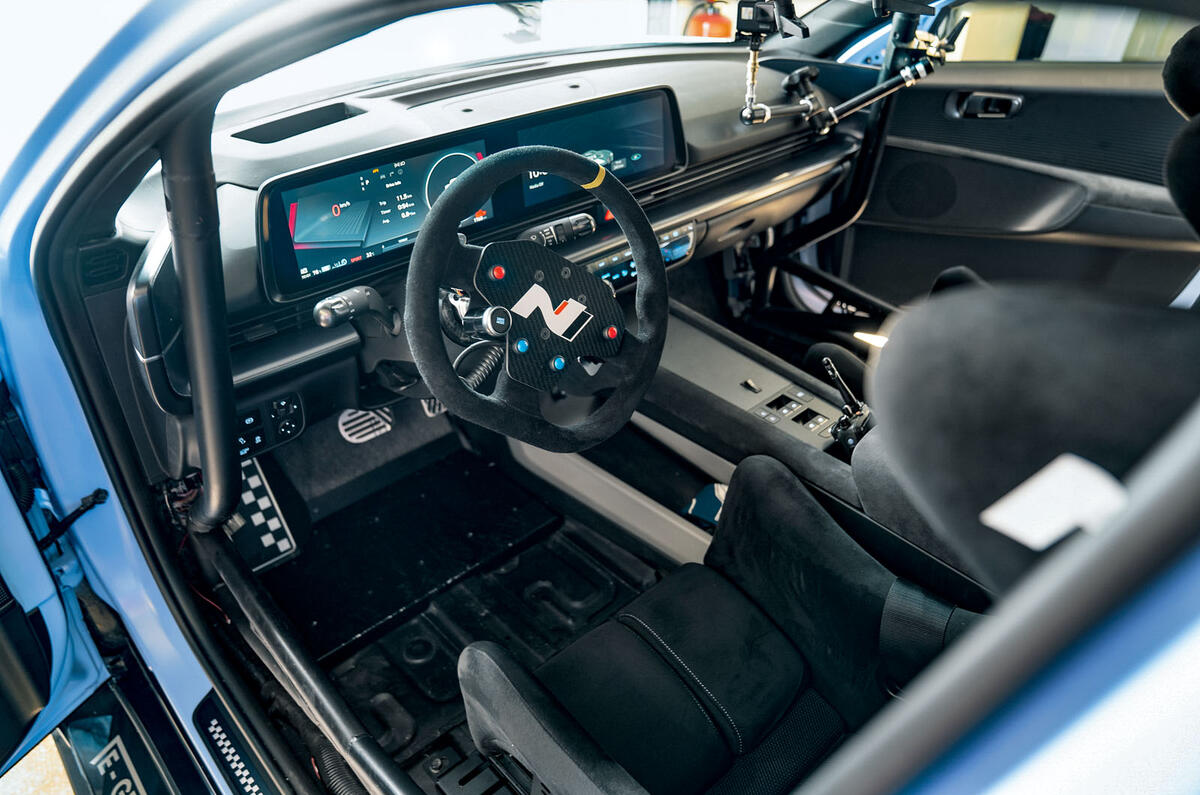
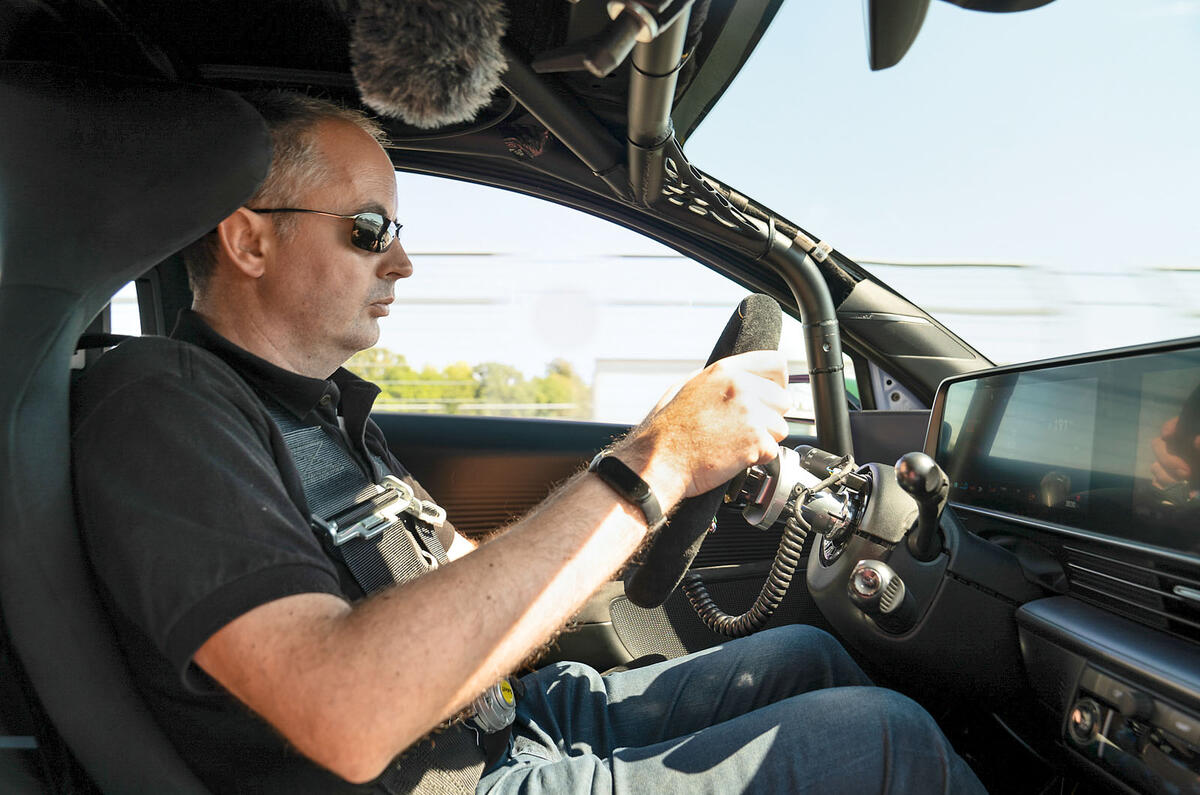
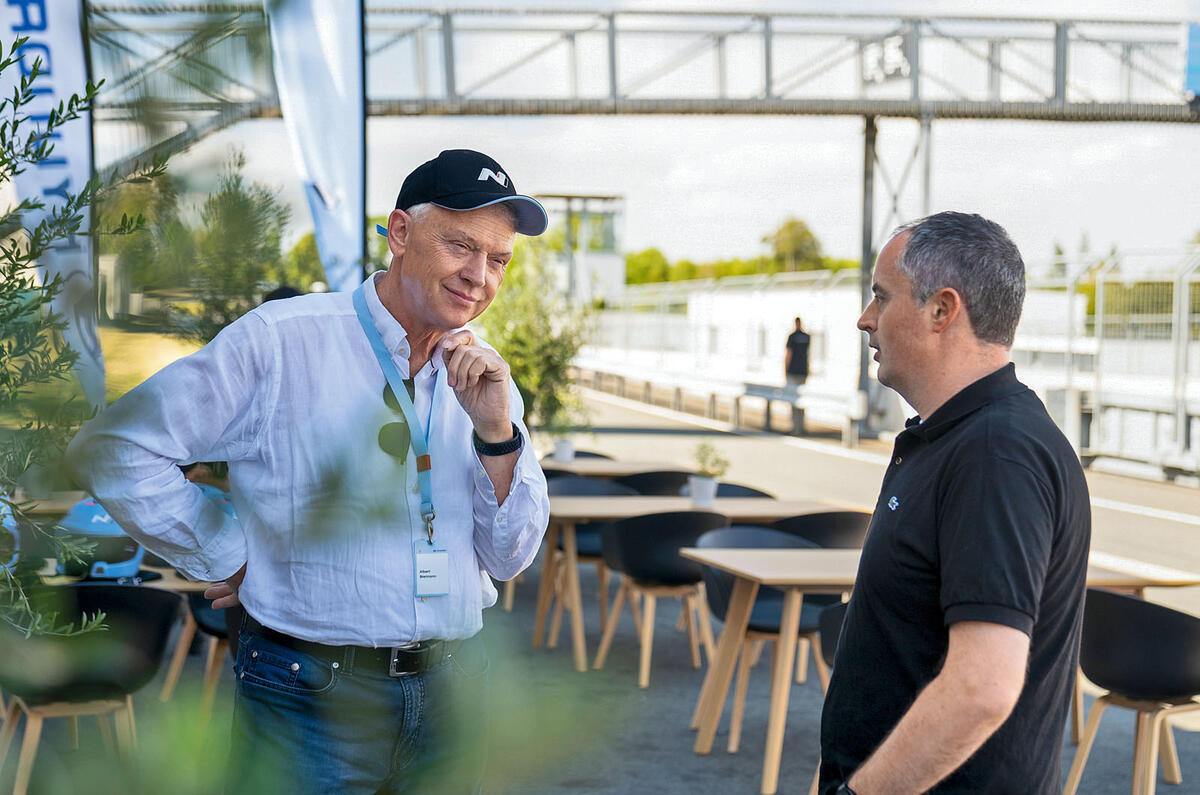
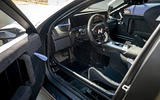
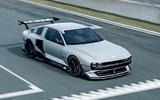
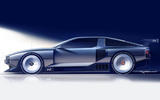
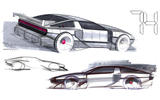
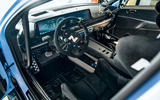









Join the debate
Add your comment
The rising Asian middle and upper classes would gobble them up, thanks to that combination of new wealth and old nostalgia for what was around when "starting out".
Especially if combined with EV platforms. ..
The German makers have spent the last 40 years recycling the styling themes of "icons".
Time the Japanese and Koreans took a shot at that, too.